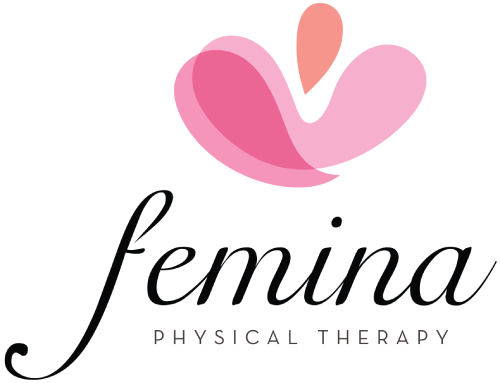Services We Offer for Postpartum Recovery
Redefining Postpartum Care in the “Fourth Trimester”
Redefining Postpartum Care in the “Fourth Trimester” by Utilizing Pelvic Floor Physical Therapy Last month the American College of Obstetricians and Gynecologists (ACOG) updated their
May 8, 2018
No Comments
Postpartum Pelvic Pain and What You Can Do About It
Pelvic pain during the postpartum period is common, even for those who had a “perfect and easy” pregnancy, labor and delivery. Often times, healthcare providers
January 8, 2020
No Comments
Getting Back to Exercise Postpartum
A healthy lifestyle includes getting back to exercise postpartum Exercise has shown to be beneficial in all stages of life, and the postpartum period is
March 22, 2021
No Comments
